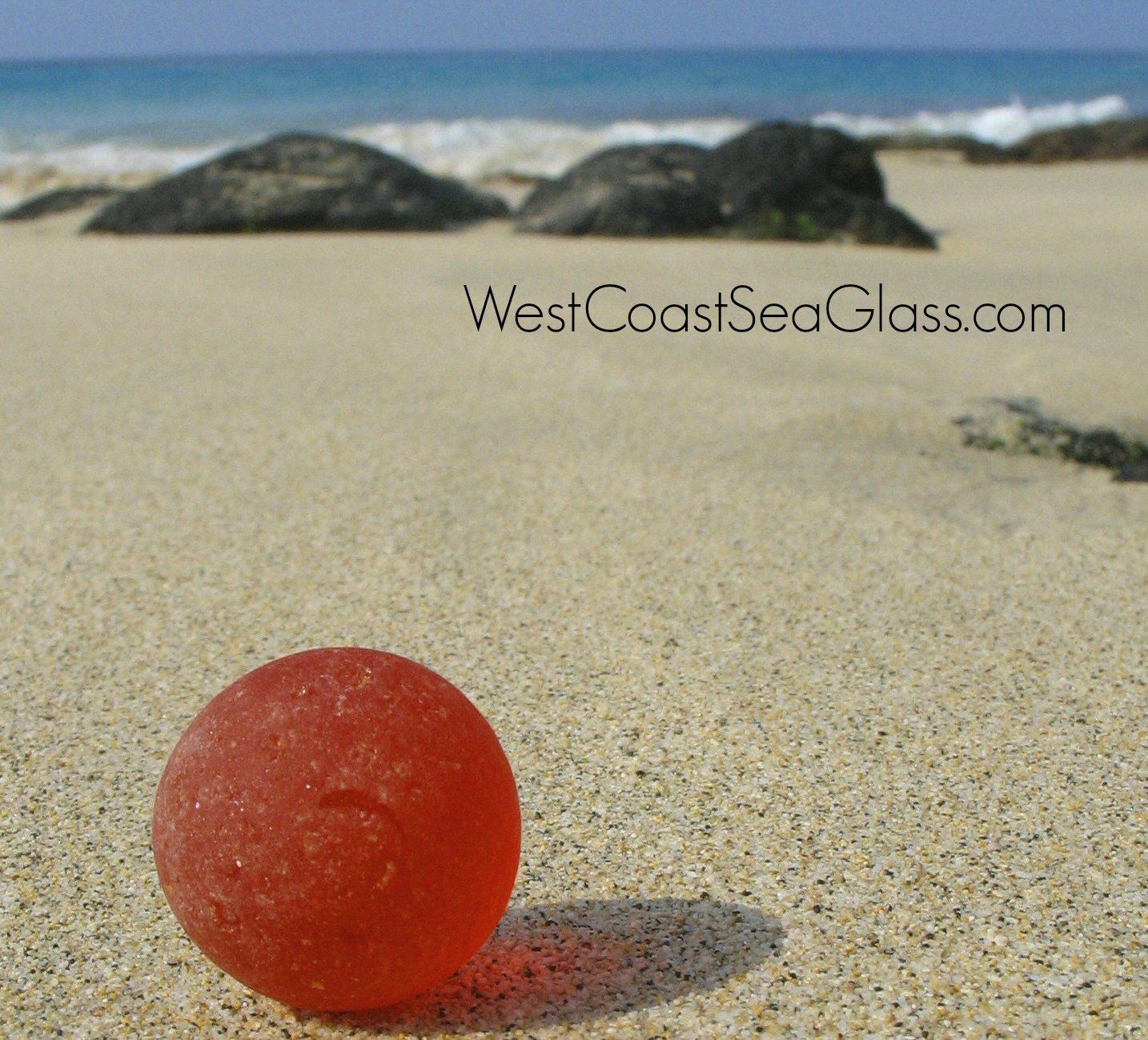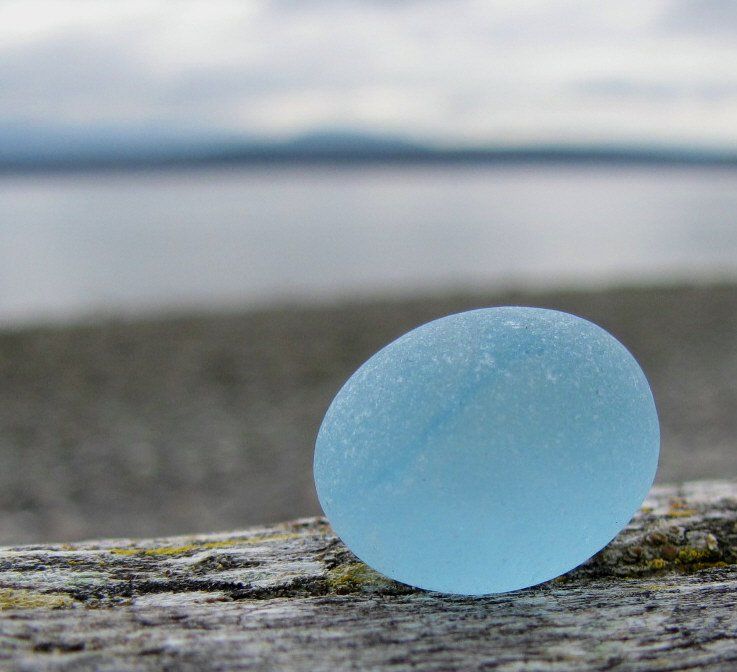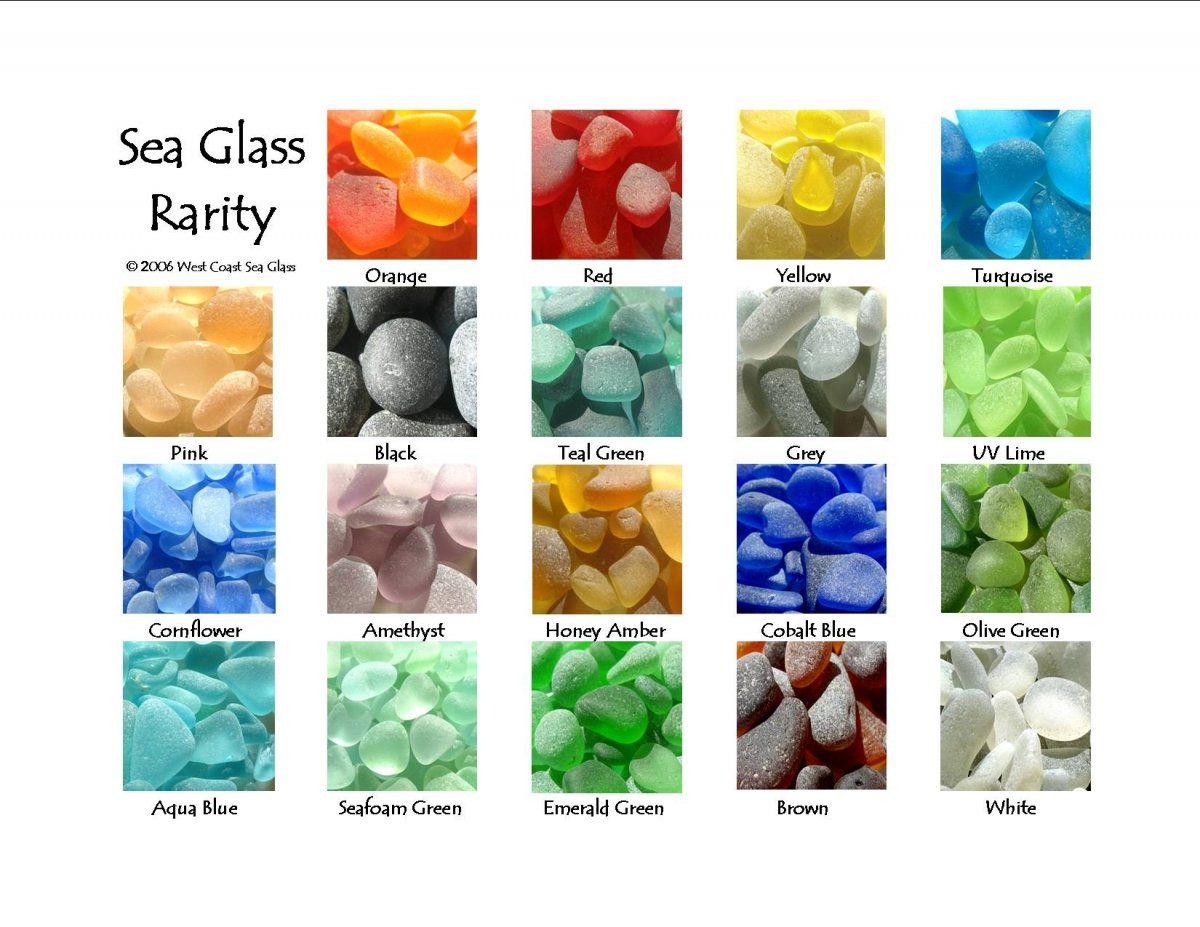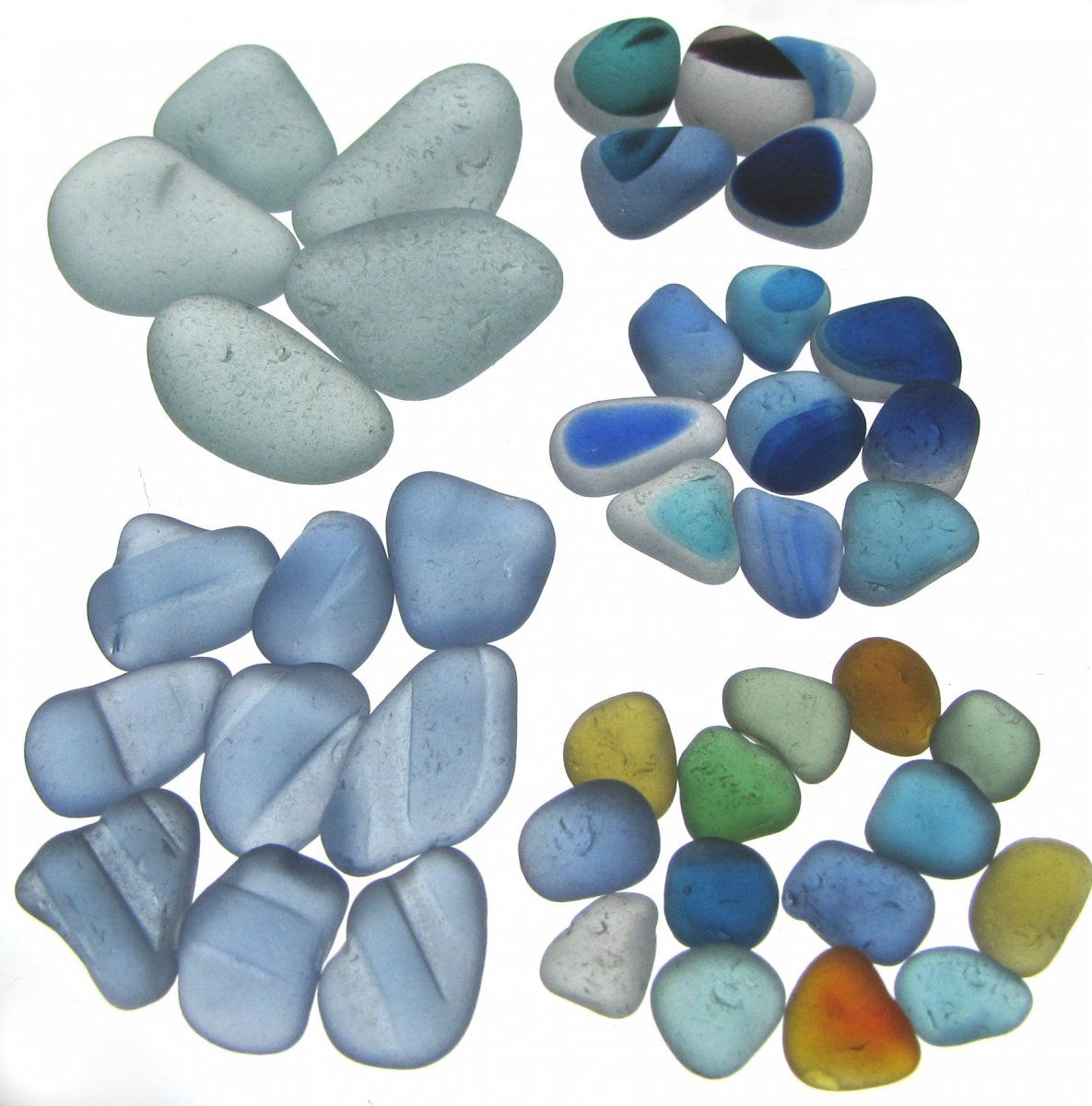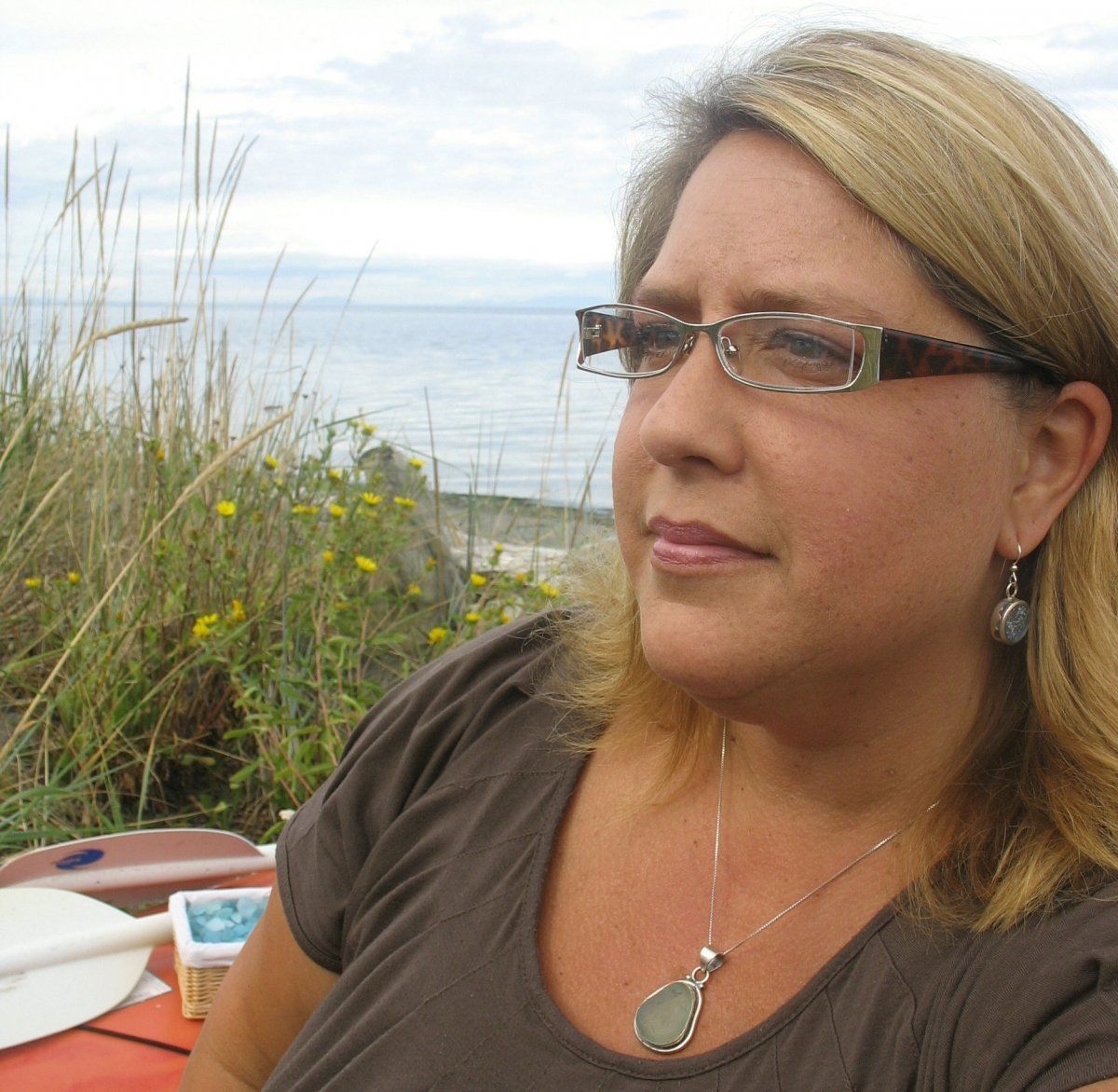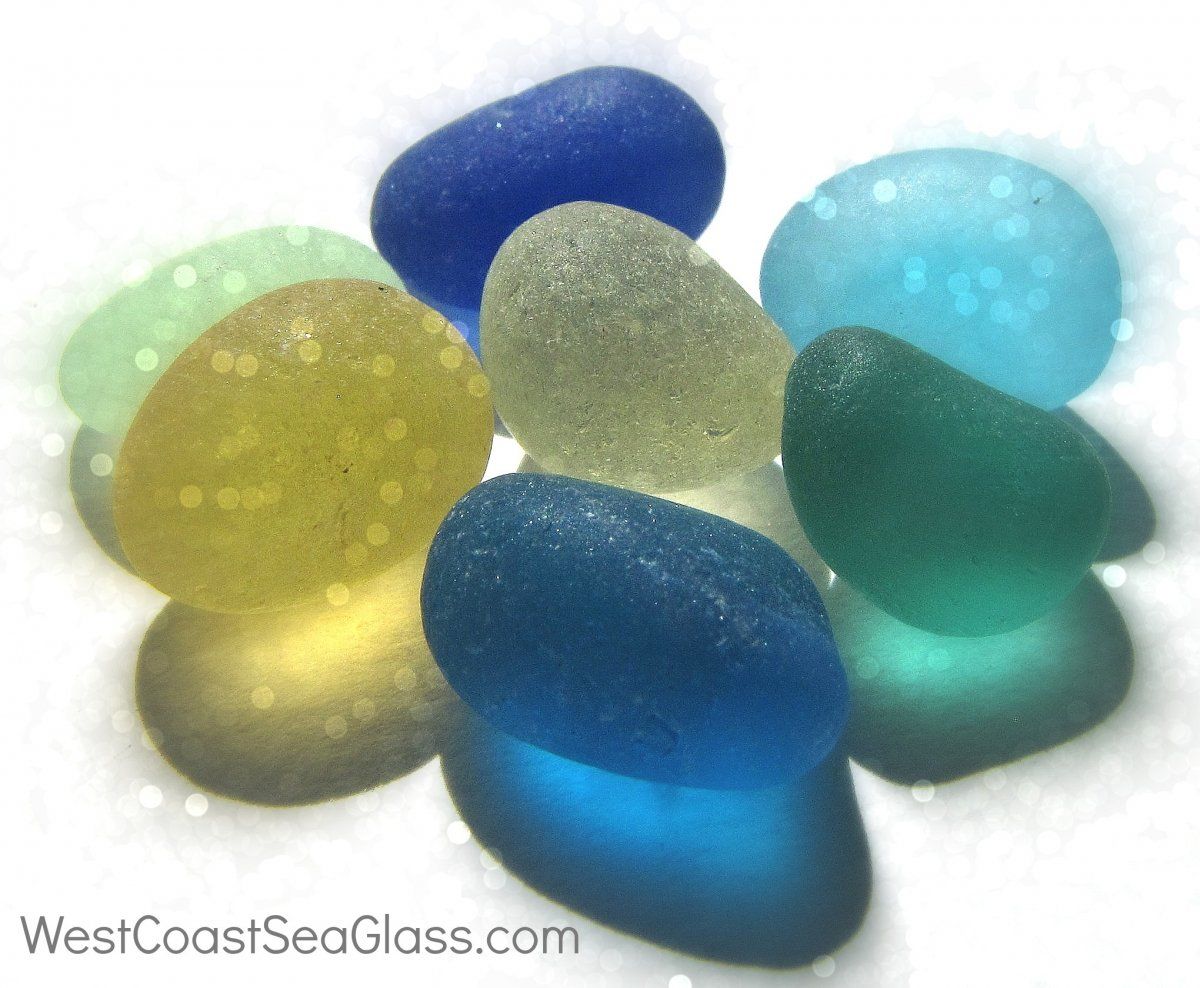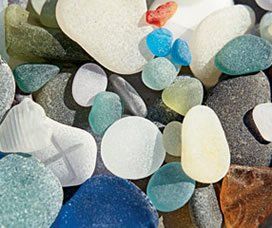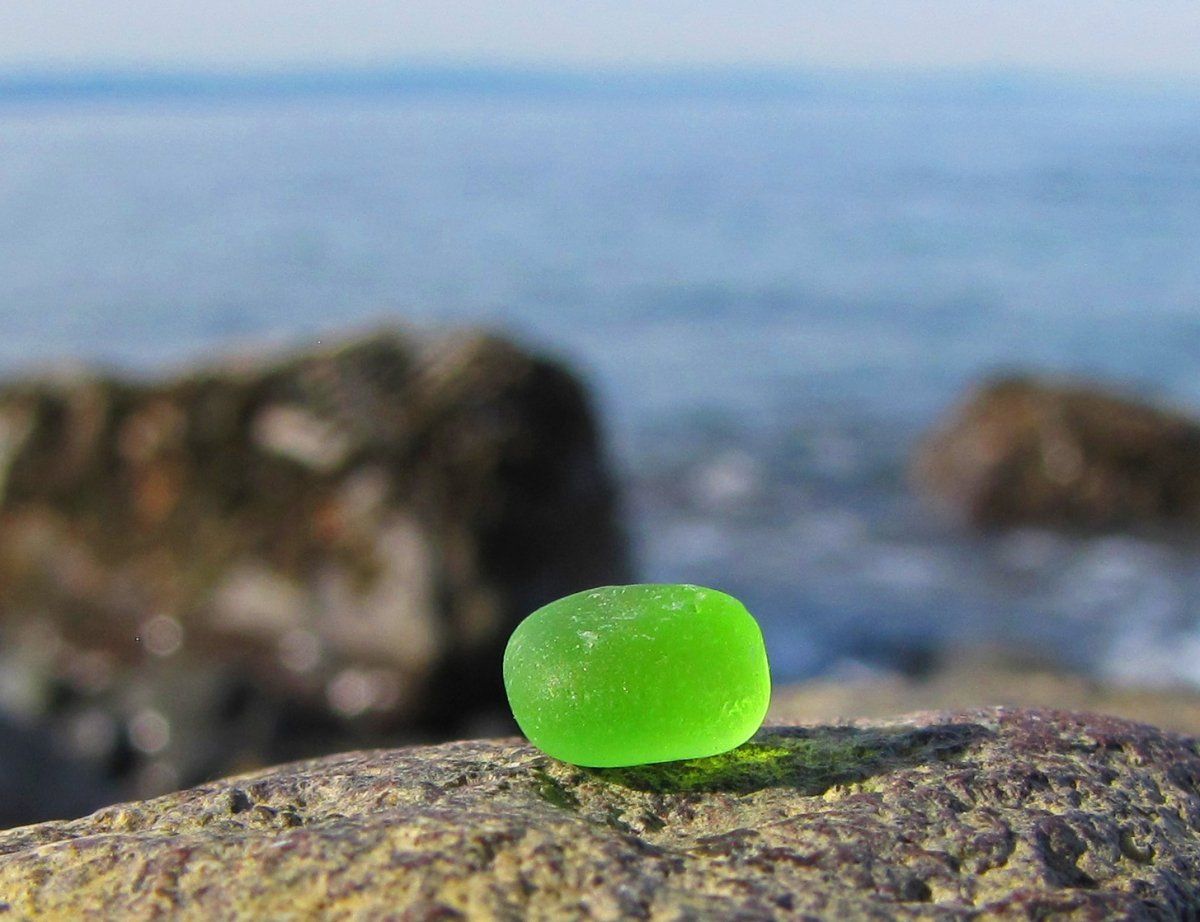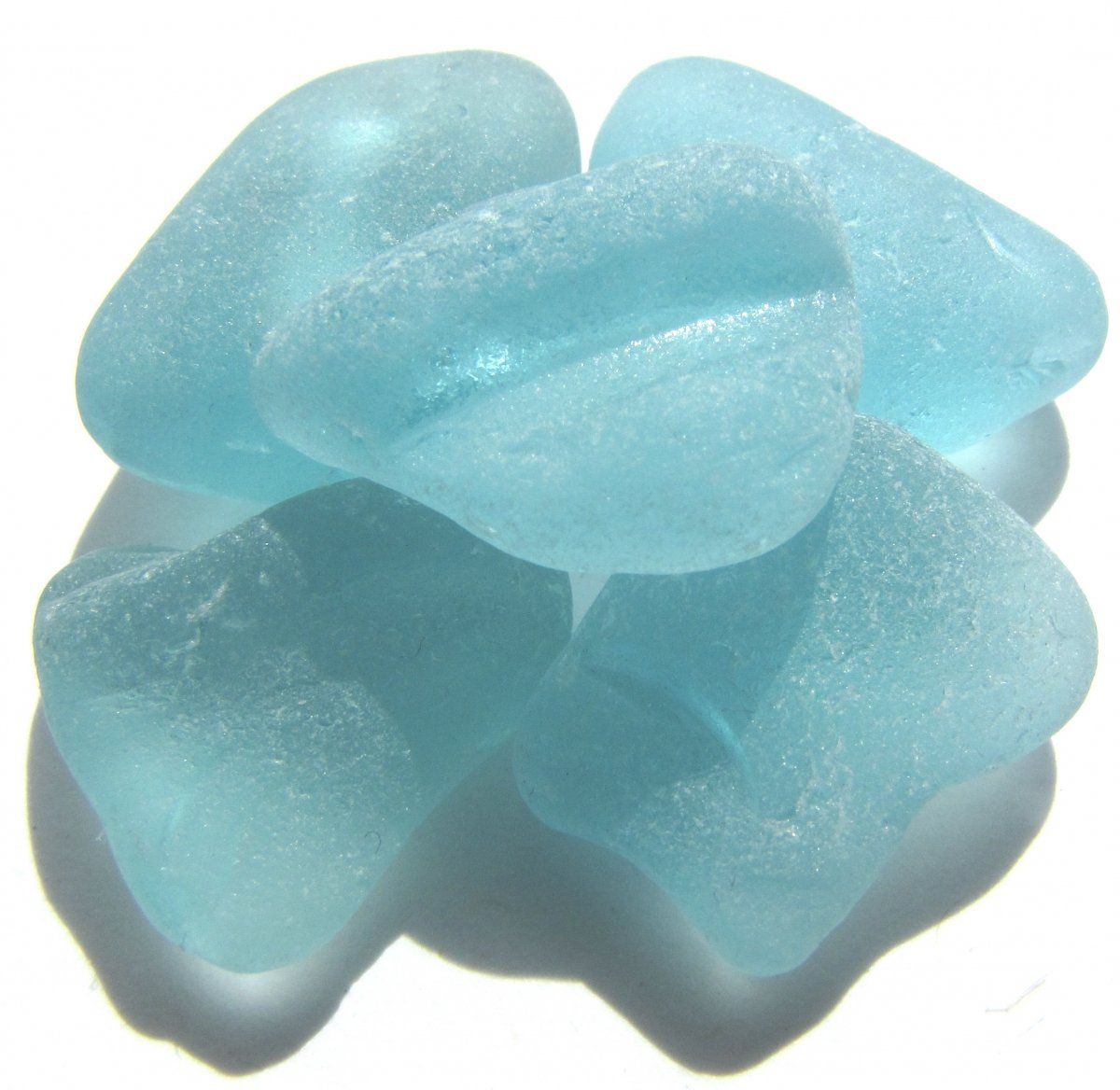West Coast Sea Glass
Genuine Sea Glass Jewelry and Bulk Sea Glass
Seattle Times - "Beachcombing for sea glass..."
Seattle Times
"Beachcombing for sea glass..."
Seattle Times
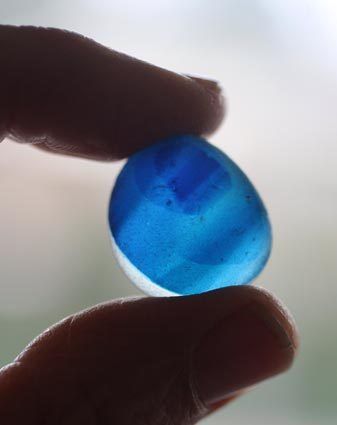
May 3, 2009 - http://seattletimes.com/html/pacificnw/2009158179_pacificpglass03.html
She'll stop, reach down among the gray monochrome cobbles for a tiny glint of weathered glass and examine it like an archaeologist in a Middle Eastern dig. Gorgeous, she thinks. Amberina. Depression-era glassware. Beautifully weathered and quite rare. Or, far more frequently, she'll pick up a shard of green or amber glass, inspect its sharp edges, shake her head and flip it out into the salty shallows so it can be given over to a few more years of Mother Nature's handiwork.
Beuke is a part-time youth program director and mother of three in Sequim, on the shores of the Strait of Juan de Fuca. She is also a leader among a small but growing network of artists and collectors who are interested in, or downright obsessed with, sea glass.
Anybody who has explored Puget Sound beaches knows the stuff. Chances are they have a few pieces lying on a kitchen windowsill or filtering sunlight in a jelly jar. Some call it beach glass, or even "mermaid tears," but we know it as sea glass. And it's everywhere, scattered among the cobbles and seaweed up and down the beach, waiting for somebody to stroll by and decide it's a keeper.
Beuke and her longtime friend and fellow collector, Lindsay Furber of Tacoma, have elevated sea glass to another level. In their eyes, those smooth, frosted nuggets of translucent green and amber and red are semiprecious stones. And, thanks to the Internet, these beach lovers have turned their jewels into a unique, eco-friendly cottage industry, West Coast Sea Glass in Sequim, where they market their wares around the world. Recently Beuke sold a Valentine bracelet made of heart-shaped sea glass, set in silver, for $800. A Florida resort bought 1,000 pieces of glass to give away as eco-friendly gifts to clients. "We're in 30 or more galleries across the country," she says. "And they keep asking us for more."
Beuke also serves as president of the North American Sea Glass Association, a loose-knit organization of beachcombers and artists and entrepreneurs that each year gathers in a shoreside community, usually on the East Coast, for a weekend sea-glass festival. Last year's event in Delaware drew 4,000 people from around the world. This year's will be on the shores of Lake Erie, a reminder that glass can be found on freshwater beaches as well.
Glass collecting is more established in the East, Beuke says. Maryland salesman Richard LaMotte got interested through his wife and eventually wrote the definitive book on the subject, "Pure Sea Glass," which has gone through 10 printings and still sells. In the East, he says, choice shards of glass are selling for $200 or more.
Still, Beuke says, attendance at the annual festivals indicates interest is growing in the West. Now several dealers are operating in California. And a stroll through the gift shops on Water Street in Port Townsend shows a market gaining momentum from local collectors and artisans. One, Peter Messerschmidt, has sold pieces on eBay to buyers from as far away as Australia.
But for most sea-glass lovers, it's not about making money. Even Beuke, probably the region's leading glass entrepreneur, insists that her business serves mostly to rationalize and subsidize her love for the beaches of Puget Sound.
And of the world. Lured by glass, Beuke and Furber have traveled to Hawaii, Florida, Puerto Rico, England and the Mediterranean. Later this summer, they'll be sailing to the Greek Isles. And next fall, they'll show up on the shores of Lake Erie to trade glass and travel stories.
"That's really what it's about," says Furber. "We're friends and collectors, and we get to see beautiful beaches."
AS A HOBBY, collecting sea glass is a blend of beachcombing, art and, in a very real sense, of recycling. If diamonds are nature's creation, improved by man, then sea glass is quite the opposite — man's creation improved by nature.
Collectors may tell you that sea glass is flotsam that has drifted from faraway lands or ancient shipwrecks. Maybe, but probably not. Fact is, most of today's sea glass is yesterday's garbage. And most of it dates to a relatively small window of time that begins in the mid- to late-1800s, when glass bottles became a commodity deemed less valuable than their contents. "We were becoming a throwaway society," says LaMotte. "People consumed the contents and tossed the bottle."
In retrospect, of course, dumping our garbage in the ocean was a bad habit. But, for cities like Seattle, the ocean seemed the logical place to get rid of stuff. It was big, downhill from everywhere and seemingly bottomless; the rubbish all appeared to wash away with the next high tide. The impulse goes back thousands of years; Native Americans on Puget Sound dumped their clamshells and fishbones onto the nearest beach where they eventually became what historians call "middens," mounds of garbage that today are gold mines for archeologists.
But a modern consumer economy, with its emphasis on throwaway packaging, eventually transformed a bad habit into a worldwide epidemic. Over the years, Seattle dumped untold millions of tons of garbage on the shores of Elliott Bay, along Alki Beach, in Union Bay, Interbay and elsewhere. In my adopted town of Port Townsend, trucks backed up to the edge of a bluff and dumped the town detritus onto the rocky shore of the Strait of Juan de Fuca.
While those official dumps were closed years ago, the sloppy habits persist. In a single, designated day last year, volunteers collected more than 6 million pounds of garbage from beaches around the world. From the 10,000 miles of American beaches they scoured, they picked up 3.9 million pounds of junk — including 168,849 glass beverage bottles.
What happens next to all of this depends on the substance. Paper and food waste begin to decompose almost immediately. Tin and most other metals begin to rust. Plastic floats away, breaks down into smaller pieces and becomes part of a global environmental problem.
But glass — while it may be unsightly and add tons to the cleanup statistics — is inert, a man-made compound that does not taint the waters it lives in. Year after year, bottles and vases and drinking glasses are tossed about by waves and currents, breaking down into smaller pieces, gradually weathering sharp edges into gentle curves, transforming jagged shards into smoother, ever more aesthetic shapes.
The saltwater itself plays an important chemical role, says LaMotte. Glass is made from about 75 percent silica, or sand, 15 percent soda and 10 percent lime. Once exposed to saltwater, the glass undergoes a process of "hydration," under which the soda interacts with the chemicals in the water, leaving that frosted surface craved by collectors.
It doesn't happen overnight. LaMotte estimates that it takes at least 20 years of weathering for a jagged shard to become a smooth stone. But the beaches of Puget Sound and adjacent waters offer ideal conditions: a mix of sand and stone buffeted by wind and waves. But our biggest advantage is our dramatic tidal changes — up to 15 feet a day, compared to mere inches in California waters. And extreme low tides greatly increase the amount of beach available to those who crave the hunt.
EACH SPRING, on a warm day with low daylight tides, my wife and friends return to the shore of the strait, eager to begin again. They don backpacks and hike out to Port Townsend's Glass Beach — the unmarked stretch of shoreline at the foot of the bluff that once served as the town dump. It's an easy, 90-minute hike from North Beach, but you know you're there when you see corroded auto parts jutting out of the sand.
And where you find junk, you'll find glass, nestled between stones, half buried in hardpacked sand, or just lying there, glinting in the sun. There will be bits of frosted green from wine bottles or amber from beer bottles, fragments of clear or aqua-blue from early Coke bottles. On a good day, you'll find drops of blue, perhaps from early medicine bottles. My wife is especially fond of the pottery shards, beautifully weathered and rounded, framing what's left of the glazed pastels.
I'm partial to the marbles, their colors frosted from years of hydration. Beuke says they were kids' toys that found their way into the dump. Others say painters used to drop a few marbles into their paint cans to help with mixing, then dumped the marbles with the empty cans. Either way, they're gorgeous.
It's not about quantity," Beuke says. "You can fill your pockets with garbage that we don't even call sea glass. It's about age and color and texture."
She and other experts know where to look, but they protect their favorite beaches in much the same way fly fishermen do their fishing holes. Novices will be on their own.
Glass is obviously everywhere. But these days most of it is "contemporary," garbage from last weekend's beer bash — thin, sharp-edged and worthless. For the good stuff, Beuke and friends look for beaches adjacent to older seaport towns. They seek evidence of old piers, resorts or dumps. Beuke frequently consults her husband, a history teacher who searches local historical records for long-abandoned dumpsites. And they always prefer "windward" beaches exposed to storms and prevailing winds — the eastern shores of Puget Sound or the south side of the strait.
LaMotte says he has good luck near the mouths of rivers, where upriver throwaways eventually work their way downstream.
Beuke says she avoids trodding over private lands, opting for beaches with good public access.
She also knows when to look, preferably during minus tides that expose more tidelands — the same tides craved by clam diggers. Searching immediately after a decent windstorm increases the odds of finding something swell. Most collectors prefer to hunt late in the afternoon, when a low sun provides side or back light. Lindsay Furber actually prefers cloudy days, when the colors seem to jump out. And she never wears sunglasses.
The Early Bird rule also applies: Be there first. By midsummer, Port Townsend's Glass Beach will be picked fairly clean.
But then come the shorter days, and those low winter tides occur in the middle of the night. Storms blow in off the Pacific, tumbling the beach, top to bottom, unearthing a new trove of long-buried glass. And the cycle is renewed.
Those who troll for treasures say it's most important to enjoy where you are — on the edge of the continent. Take a break from the hunt, they say, lift your gaze to the horizon and appreciate the fact that you live in a place that has an ocean at its front door.
After all, it's really not about the glass. It's about the beach.
Ross Anderson, a former Seattle Times reporter, is a freelance journalist based in Port Townsend. His recent work is at ROSSINK.com. Steve Ringman is a Times staff photographer.
